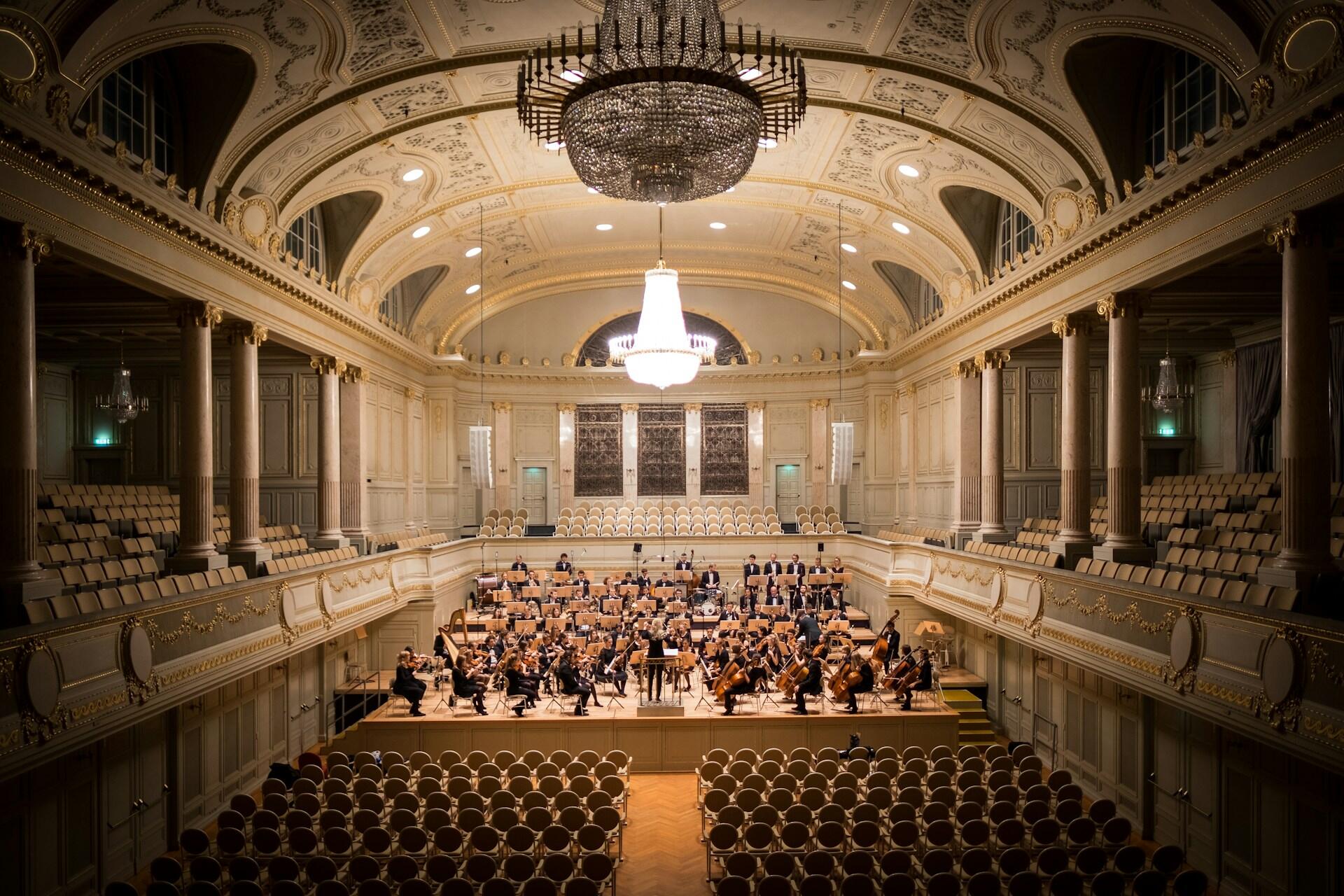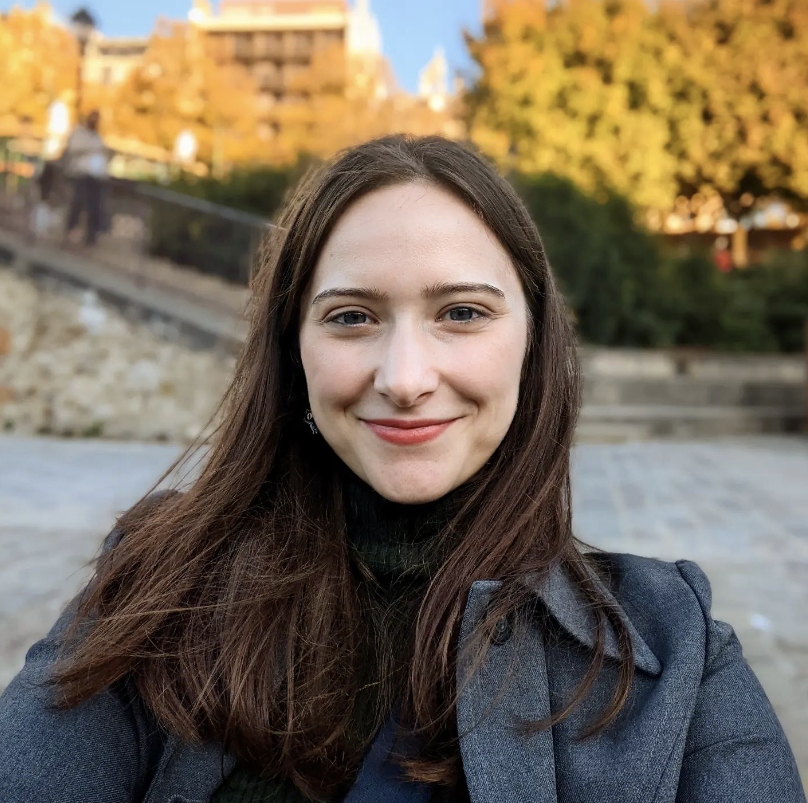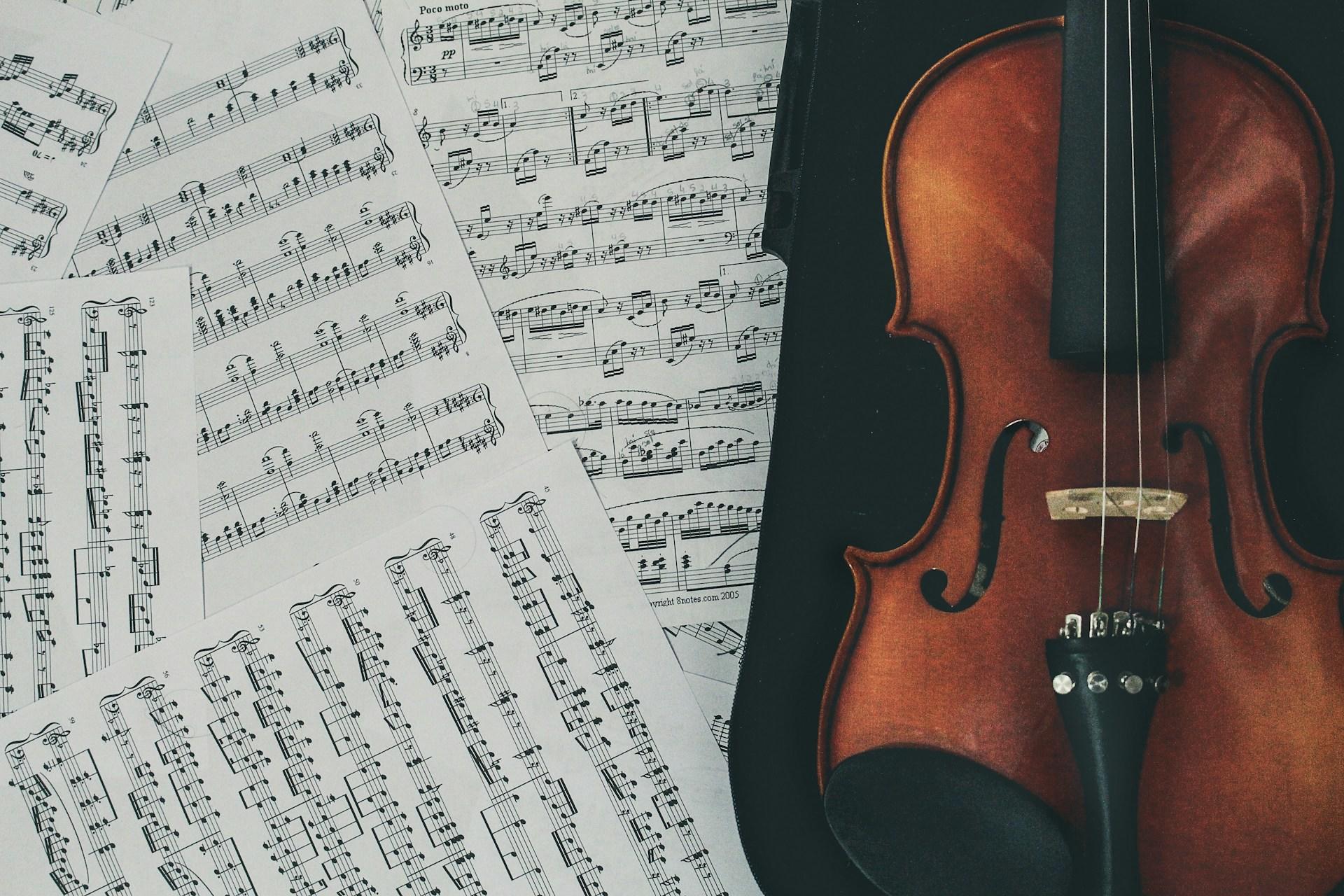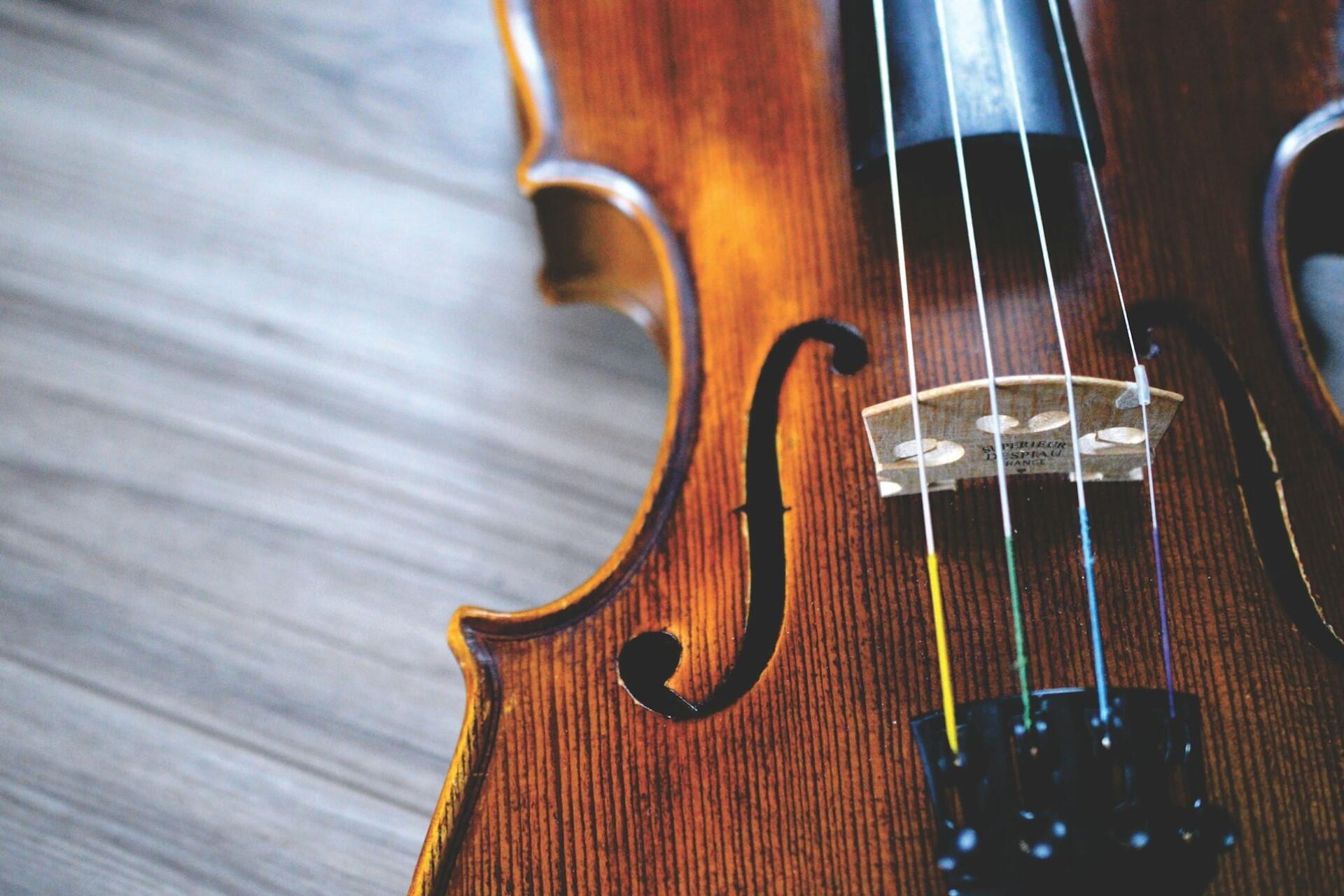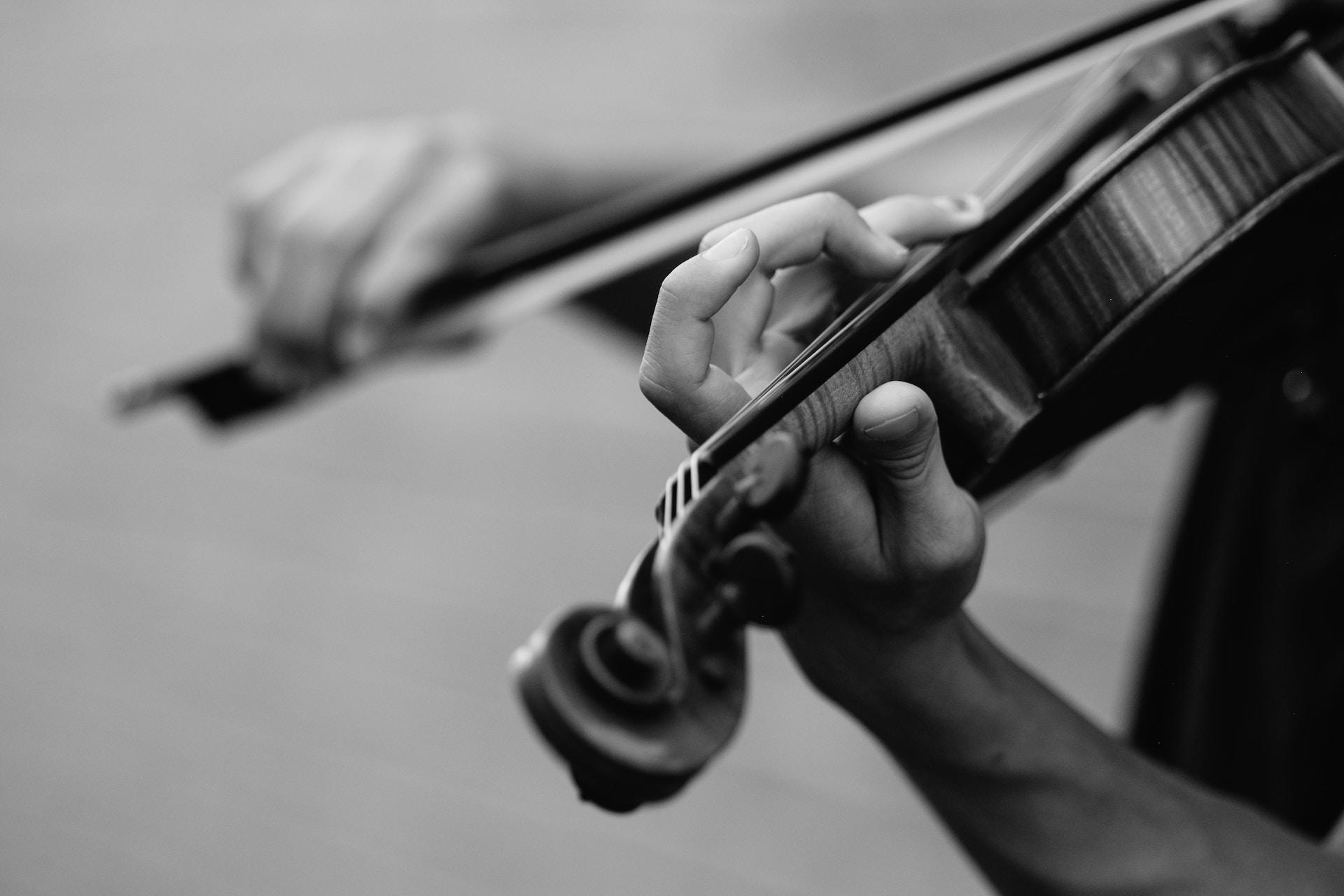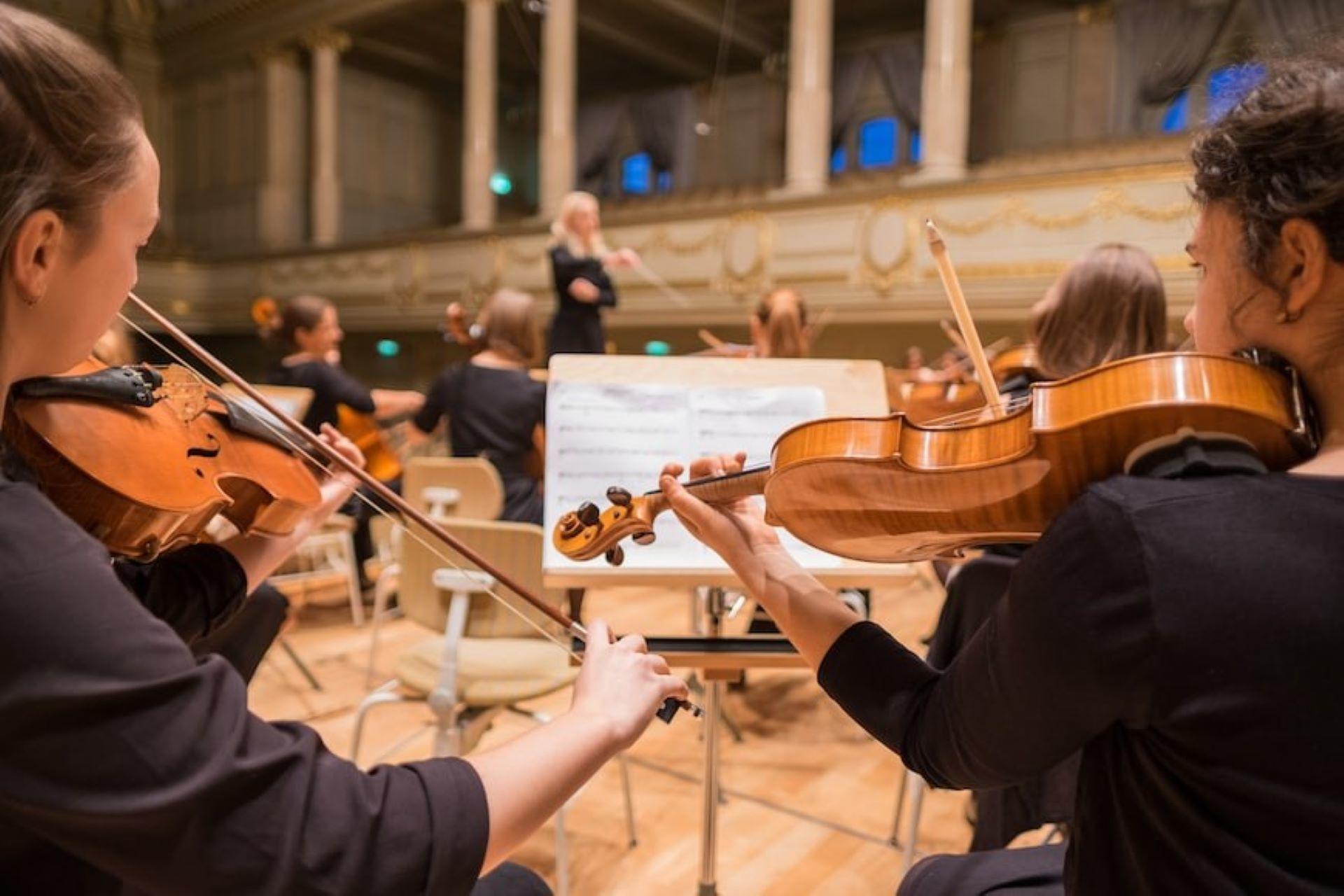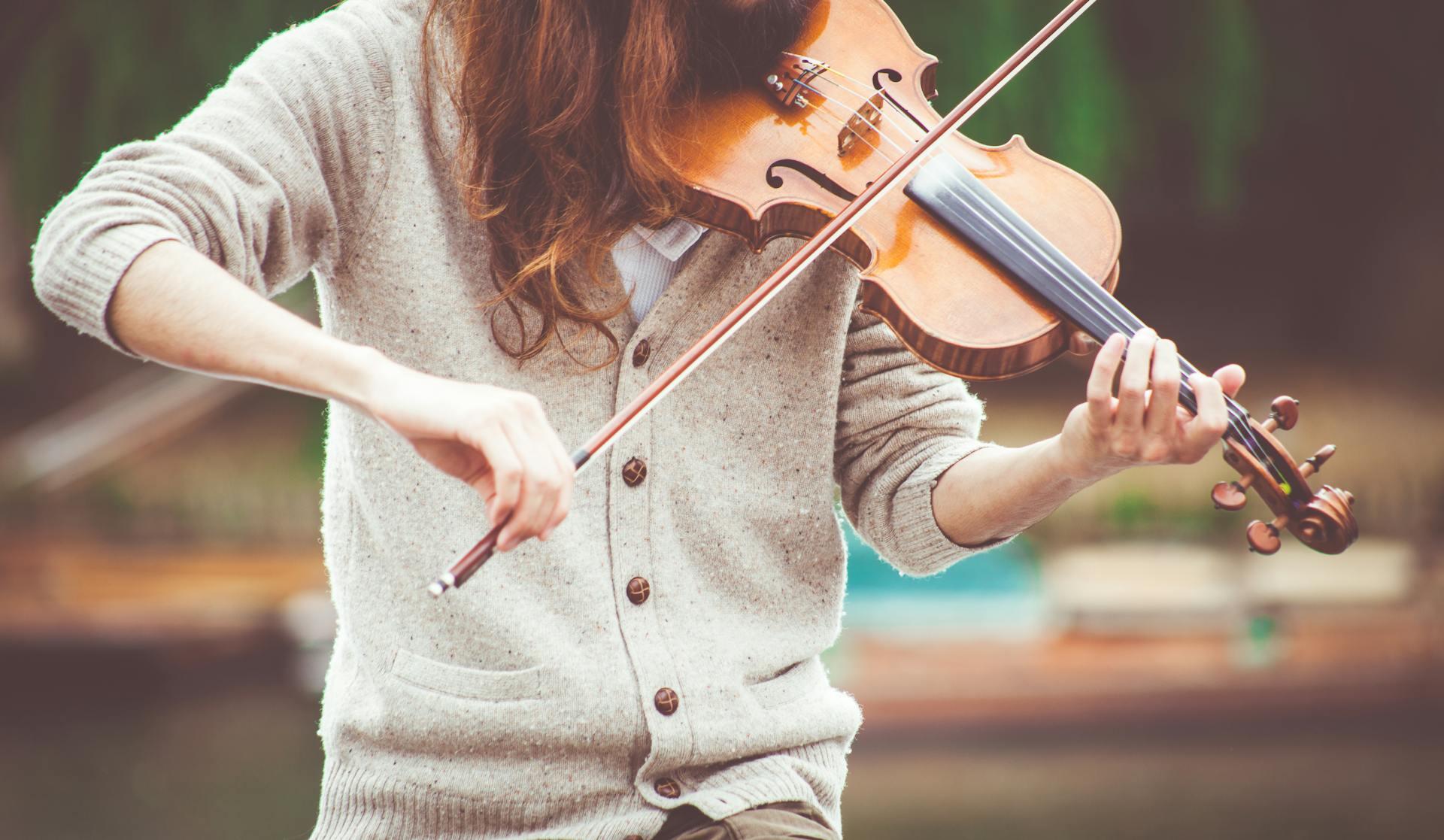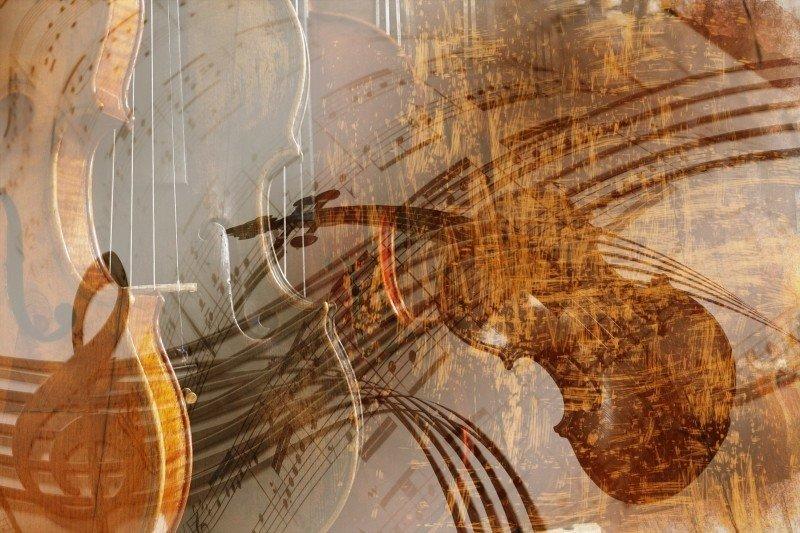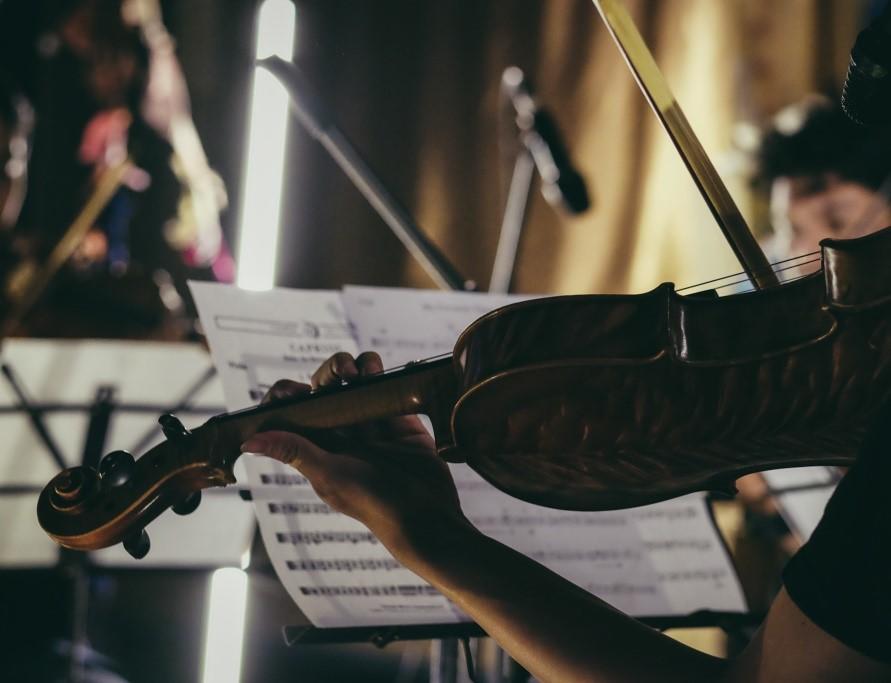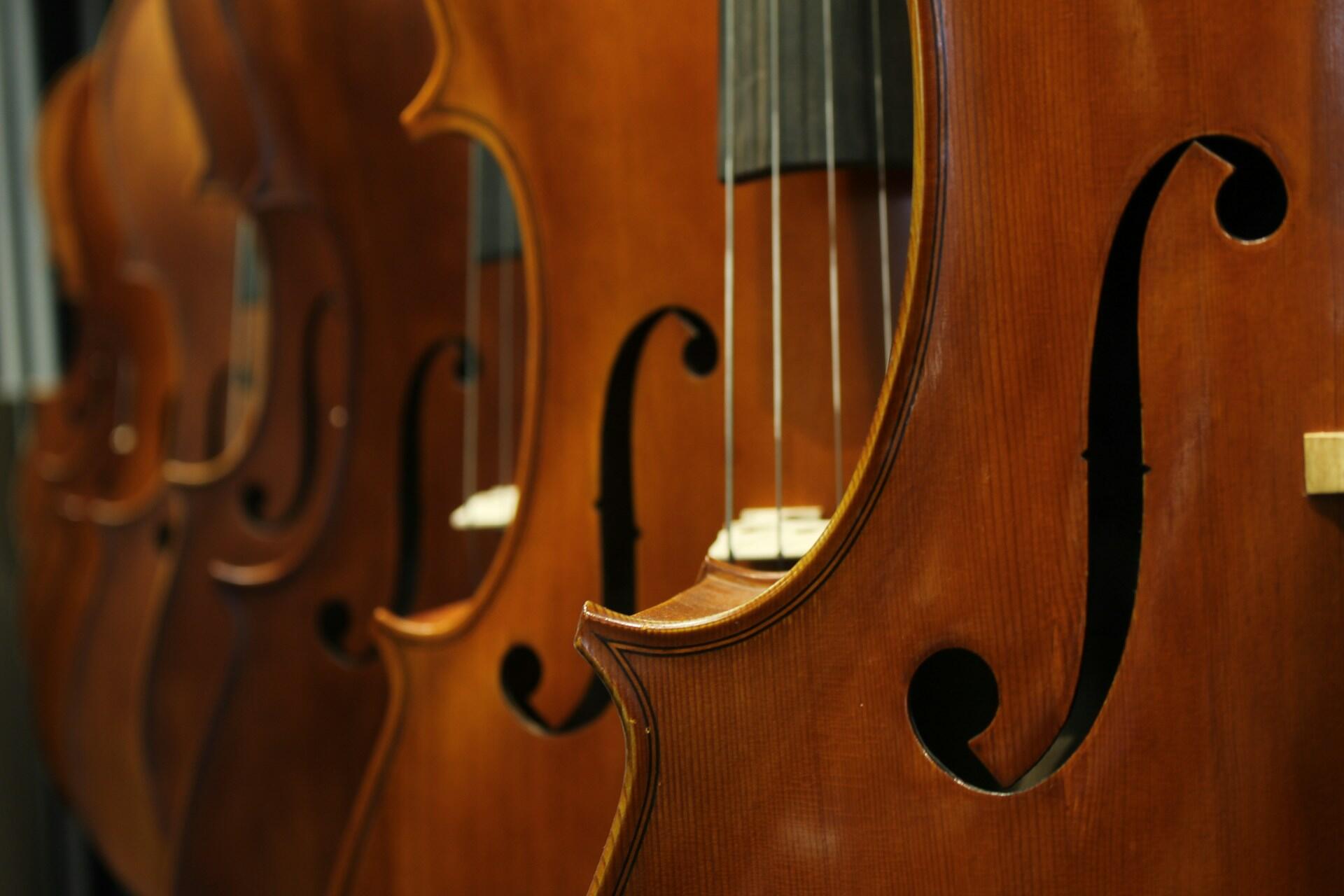The United States inherited the tradition of classical music from its European roots, with ensembles emerging since the mid-19th century. Today, many orchestras across the country rival the excellence associated with organizations such as the Vienna Philharmonic and the London Symphony Orchestra. Discover the top orchestras in the United States and where you can learn more about their programming!
| Orchestra | State | Date Founded | Current Music Director |
|---|---|---|---|
| The New York Philharmonic | New York | May 7, 1842 | Jaap van Zweden |
| The Boston Symphony Orchestra | Massachusetts | October 22, 1881 | Andris Nelsons |
| The Chicago Symphony Orchestra | Illinois | October 16, 1891 | Riccardo Muti |
| The Philadelphia Orchestra | Pennsylvania | 1900 | Yannick Nézet-Séguin |
| The Cleveland Orchestra | Ohio | 1918 | Franz Welser-Möst |
| The Los Angeles Philharmonic | California | 1919 | Gustavo Dudamel |

The New York Philharmonic
The NY Phil is considered to be the oldest formal orchestra in the United States, and one of the oldest functioning groups in the world.
Founded in 1842, originally as the Philharmonic Society of New York, the organization was established by Ureli Corelli Hill and William Vincent Wallace. The first performance was on December 7, 1842, in the Apollo Rooms on Lower Broadway with a healthy audience of 600 patrons. Today, the group regularly performs in front of crowds in the thousands and tens of thousands, when the venue allows.
Years in 2025!
Notable Directors
There have been 26 music directors in the organization's history, with a 27th ready to begin in 2026. Naturally, you can imagine that all these directors worked hard to shape the excellence and build the reputation of the orchestra.
Some notable names on this list include:
- Ureli Corelli Hill (1842–1849)
- Gustav Mahler (1909–1911)
- Arturo Toscanini (1928–1936)
- Artur Rodziński (1943–1947)
- Zubin Mehta (1978–1991)
- Lorin Maazel (2002–2009)
- Jaap van Zweden (2018–2024)
- Gustavo Dudamel (designate, effective 2026)
You’ll notice that many of these names have also acted as directors of some of the other Big 5, too!
The ensemble is famous for many things, but perhaps most notably, it has premiered hundreds of new works since its formation, and appeared at Carnegie Hall more than 6,000 times.
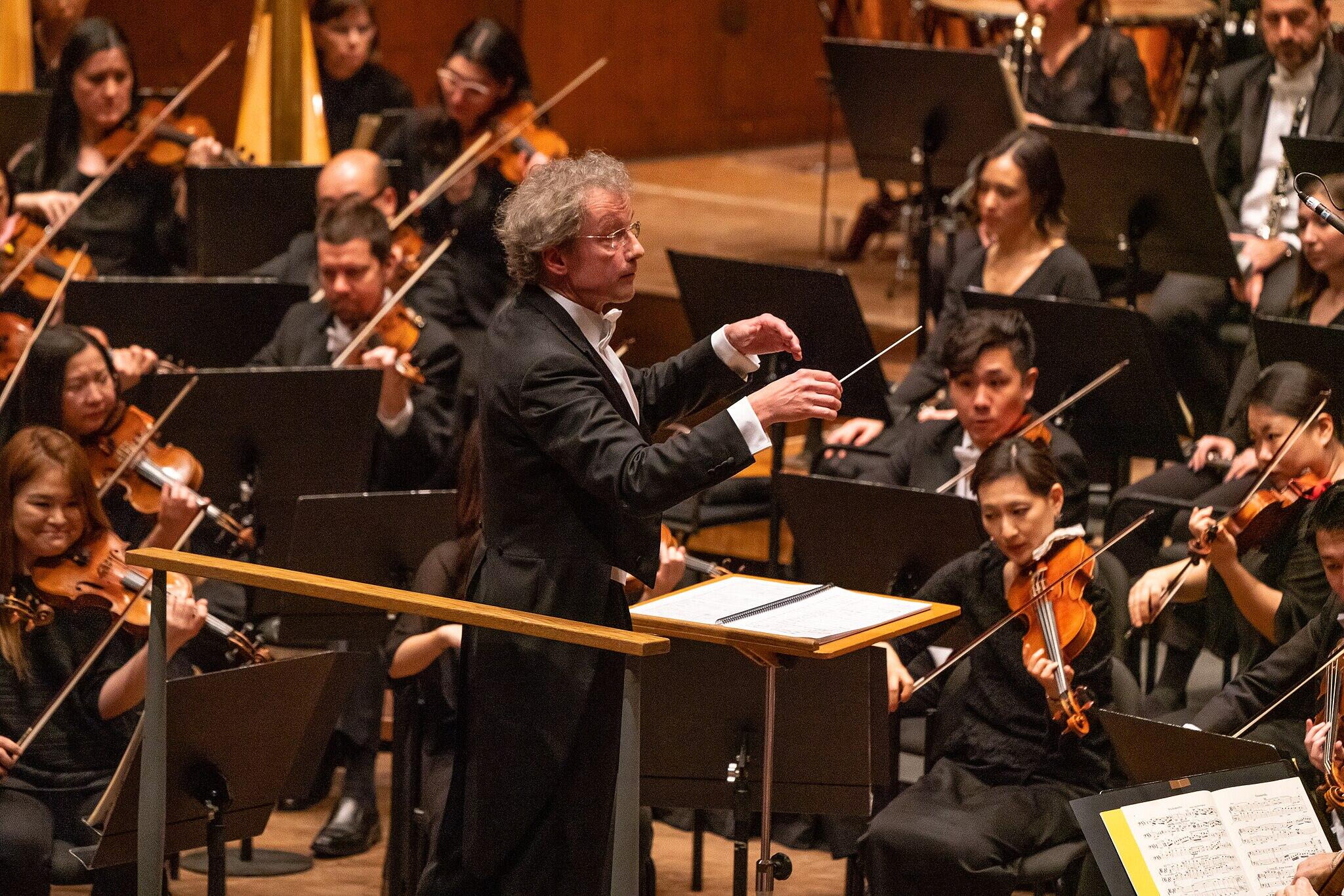
Upcoming Shows
The New York Philharmonic Orchestra (NYPO) plays about 180 regular shows per season, mainly at David Geffen Hall. For the 2025-2026 season, expect to see incredible shows like:
- Joshua Bell Plays de Hartmann - November 6-8
- Augustin Hadelich Performs Barber - November 20-21
- Stravinsky & Marsalis - November 13-14, 16
- Dvořák, Bernstein & Gershwin - December 3
- Handel's Messiah - December 10-13
- Tchaikovsky & Shostakovich - January 7-10
A handful of one-night-only events will quickly sell out, so be sure to grab your tickets as soon as possible!
The Boston Symphony Orchestra
The BSO performs at Boston’s Symphony Hall in the winter and Tanglewood venue in the summer. It was founded in 1881 by philanthropist Henry Lee Higginson, who wanted to make classical music available for the common people of the city, in the European fashion of accessible fine art.
Within the first few years, Higginson ensured the orchestra was well-established by making admission very affordable and hiring only local musicians, paying the difference in earnings himself.
Today, the group still champions reaching people from all backgrounds, availing its shows everywhere possible: via the internet, radio, television, educational programs, recordings, and tours.
In recent news, director Nelsons notably began a partnership between the BSO and the German orchestra Gewandhausorchester Leipzig, which aims to develop international learning exchange opportunities and a “sister-city” type relationship between the two organizations.
The scheme, half-baked, no doubt, was simply this: to give concerts of good music, very well performed, in such style as we had all heard for years in Europe; to make fair prices for the tickets and then open wide the doors.
Henry Lee Higginson
Notable Directors
Like NY Phil, the BSO has a long history of esteemed conductors. In total, there have been 17 directors (although two, Wilhelm Gericke and Karl Muck, served twice, for a total of 15 distinct people). These are some of the people responsible for shaping the organization into the musical body it holds today.
- George Henschel (1881-1884)
- Henri Rabaud (1918-1919)
- Pierre Monteux (1919-1924)
- Serge Koussevitzky (1924-1949)
- Charles Munch (1949-1962)
- Erich Leinsdorf (1962-1969)
- William Steinberg (1969-1972)
- Seiji Ozawa (1973-2002)
- James Levine (2004-2011)
- Andris Nelsons (2014-present)
Due to the diligent work of these conductors, the ensemble has developed its own unique French-flavored instrumentation. It has performed at Carnegie more than 956 times, which is the most of any visiting group.
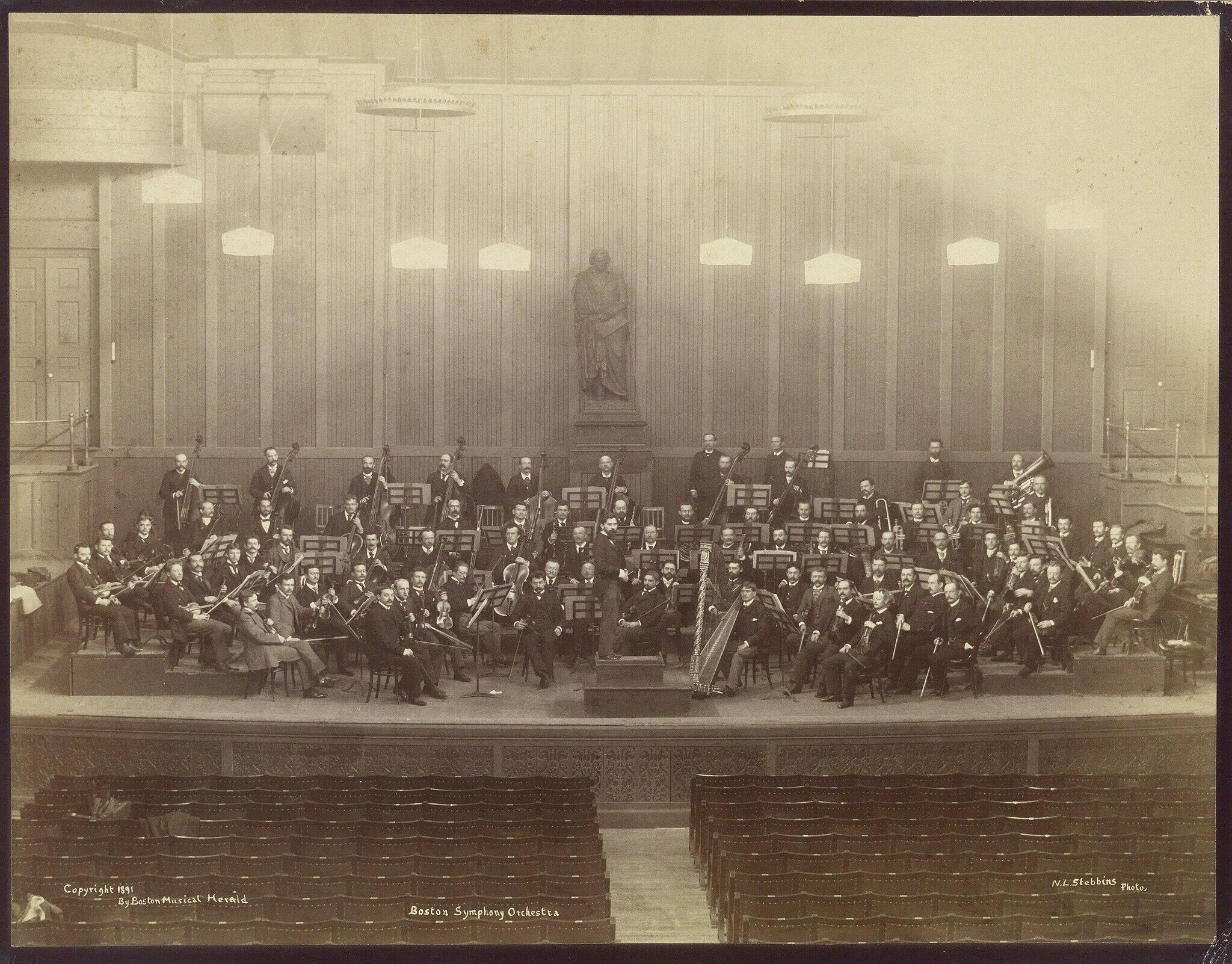
Upcoming Shows
Each season, the ensemble performs over 120 shows, with about 27 programs per year. These programs include visiting artists like Yo-Yo Ma, live cinema soundtracks, and regular shows. Here are some of the can’t-miss shows coming up in the 2025-2026 season.
- Dvořák Symphony No. 7 and Violin Concerto with Midori - November 6-8
- Brahms Symphony No. 2 - November 13-15
- Joshua Bell and Mussorgsky Pictures at an Exhibition - November 20-22
- Holiday Pops series - December 4-24
- A Charlie Brown Christmas: Live at the Symphony - December 30
- New Year's Eve with Seth MacFarlane and the Boston Pops - December 31
The summer months will see Tanglewood opening up for shows and mentorships/fellowships. The fellowship programs there hone aspiring artists in all aspects of orchestral direction and instrumentation. A study determined that nearly 25% of all first-chair players in major American philharmonics had studied at Tanglewood!

The Chicago Symphony Orchestra
Famously founded by investor Charles Norman Fay and esteemed conductor Theodore Thomas in 1891, the CSO was quickly welcomed by the city as a worthy artistic endeavor. In 1902, more than 8,000 Chicagoans donated to build the organization a new venue, Orchestra Hall, which is still the ensemble’s home today.
One of the CSO’s most notable features is the association with the Civic Orchestra, founded by Frederick Stock in 1919, and which still exists today as an opportunity for amateur musicians to fellowship with a professional ensemble.
There is no functional difference between these terms. They are all used to describe a large ensemble with different sections, typically strings, woodwinds, brass, and percussion. The choice of words comes down to preference. An ensemble that performs mostly symphonies might like to call itself a symphony for practical reasons.
Notable Directors
The directors of the CSO have long been dedicated to community engagement, bringing opportunities for listening and playing to people of all backgrounds in the city. It’s one of the central tenets of the ensemble. The ensemble is a great cultural pillar in the city for its cultural and practical significance.
Here is a list of some of the directors who have helped (and will help) the CSO and the Chicago community.
- Theodore Thomas (1891-1905)
- Frederick Stock (1905-1942)
- Fritz Reiner (1953-1962)
- Sir Georg Solti (1969-1991)
- Riccardo Muti (2010-2023)
- Klaus Mäkelä (2027)
The group amassed a worldwide reputation in 1971, when Solti took the organization on its first international tour to Europe. They played in ten countries and returned to the city, greeted by a ticker-tape parade.
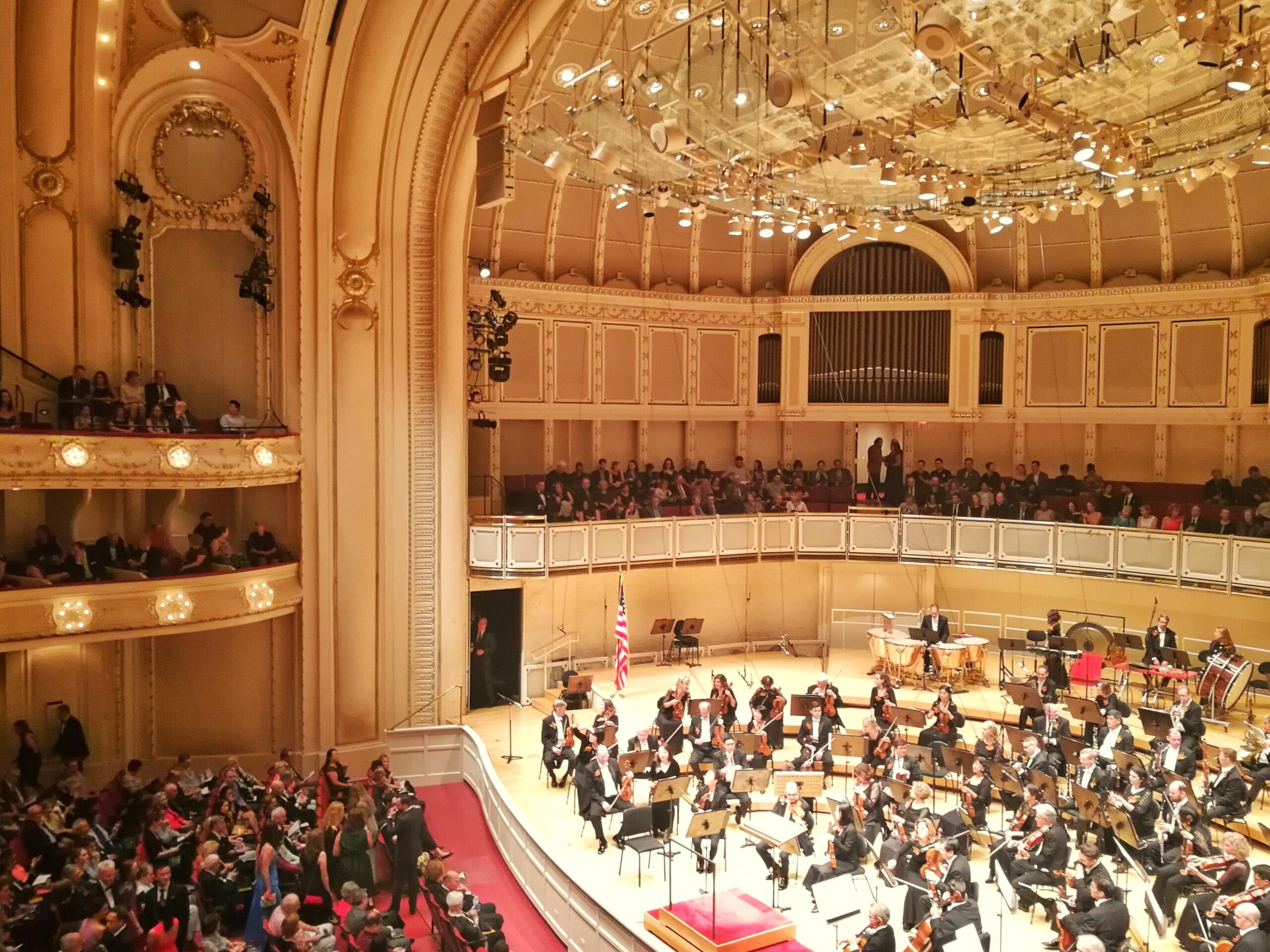
Upcoming Shows
The CSO is celebrating America’s 250th birthday this season, so its programming is extra-enthusiastic. There are plenty of guest artists on the schedule, from small chamber ensembles to full orchestral accompaniments. Be sure to check out the full calendar on the website to see more shows and details, as well as purchase tickets.
- Klaus Mäkelä & Yunchan Lim - December 18-20
- Mäkelä Conducts The Rite of Spring - March 5-6
- An Opera Night with Riccardo Muti - March 19-21
- Muti Conducts Tchaikovsky & Rota - March 26-29
- Evgeny Kissin with the CSO - April 16-18
- Hisaishi Conducts Hisaishi - April 23-26
Although Mäkelä won’t be the official director until the 2027 season, he is making many appearances with the ensemble this season, including taking the group on tour to Carnegie. Likewise, even though Muti’s tenure is officially over, he will also be spending quite a lot of time with the organization this season.
The Philadelphia Orchestra
Founded in 1900, the Philadelphia Orchestra has made a name for itself in more ways than one. It is, of course, a superb orchestral group, serving excellent classical compositions in concert. But it’s also one of the most innovative classical music organizations, perhaps in the world.
They are known for premiering many contemporary works, putting on high-profile shows even in their early days (such as a presidential performance at the White House in 1906), and being the first group to appear on broadcast television. Additionally, they introduced an entire generation to classical by appearing in Disney’s “Fantasia.”
They are known as “The Big Five”: New York, Boston, Chicago, Philadelphia, and Cleveland.
Notable Directors
Just like all the top American ensembles, the organization has had a roster of hard-hitting directors at its helm. The artistic vision for the group across eras has been mostly harmonious, leading to a distinct and unique instrumentation. There have been just eight directors in the organization's chronology.
These are the maestros who have helped shape the ensemble.
- Leopold Stokowski (1912-1938)
- Eugene Ormandy (1936-1980)
- Riccardo Muti (1980-1992)
- Wolfgang Sawallisch (1993-2003)
- Yannick Nézet-Séguin (2012-present)
Stokowski can be considered the founder of the organization's present-day signature: The “Philadelphia Sound.” He carefully molded the ensemble to develop a warm tonal timbre, which was very different from the fashion at the time. Ormandy helped refine and modernize the Sound, but Muti had other plans and departed from the technique. His successor, Sawallisch, revived the Sound in his tenure. This distinct playing style is a hallmark of the group.
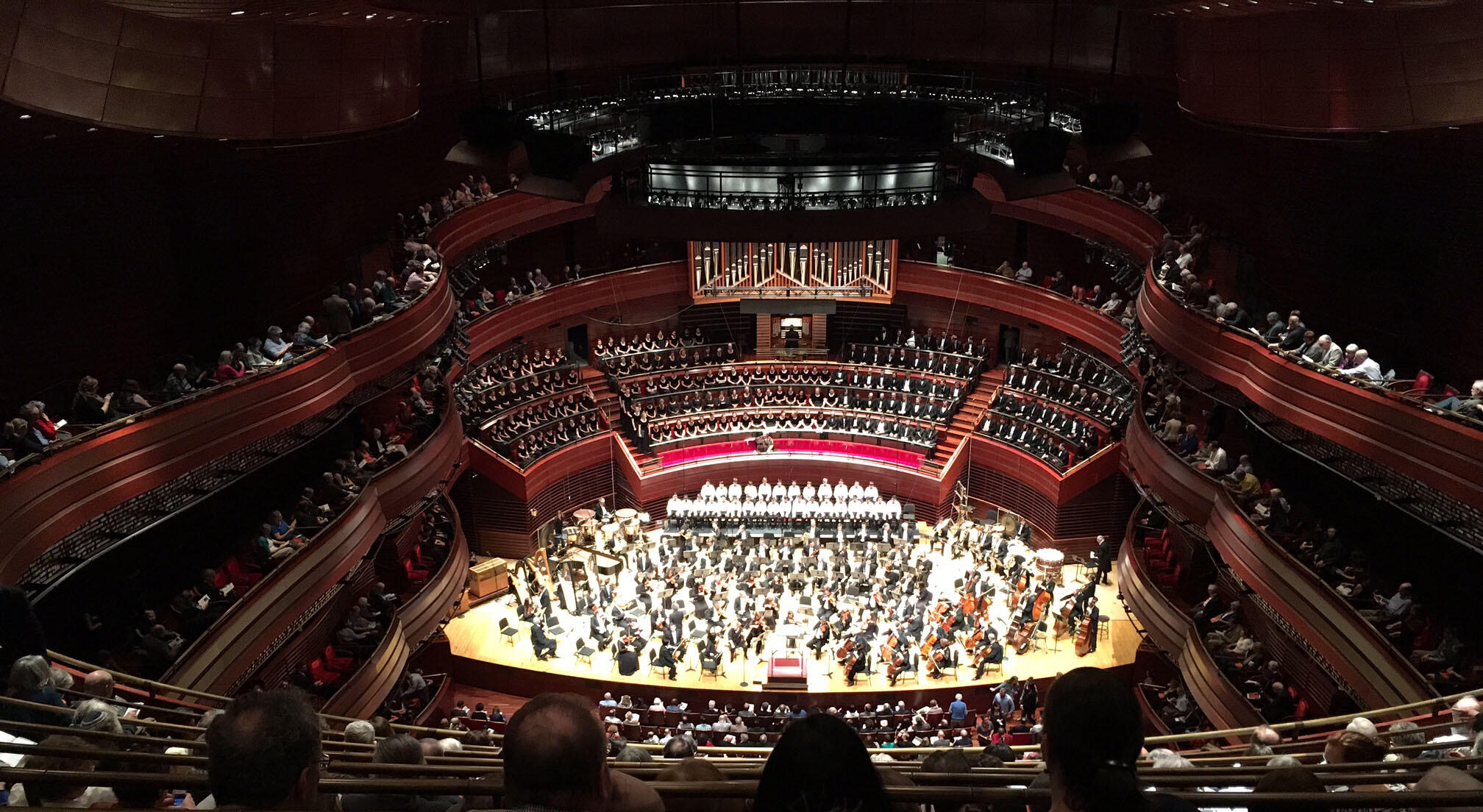
Upcoming Shows
Experience classic and contemporary performances as interpreted through the Sound! The 125th anniversary season highlights historical shows and traditions, like premiering contemporary compositions. The upcoming season offers something for everyone: traditional masterpieces, modern classical, and even plenty of exciting film-concerts.
Don’t miss these amazing shows!
- Joe Hisaishi Returns - November 13-14
- The Lord of the Rings Film and Concert - December 5-7
- Musorgsky’s Pictures From an Exhibition - January 22-24
- Stravinsky’s The Rite of Spring - January 31-February 1
- Wynton Marsalis Cello Concerto with Yo-Yo Ma - March 13
- Lang Lang and Yannick - April 7
The season is full of incredible shows for everyone! Check out the community events as well as those playing at the Kimmel Center for even more opportunities to enjoy classical orchestrations.
The Cleveland Orchestra
The Cleveland Orchestra has long been regarded among the best American orchestras for its refined instrumentation and extensive touring activity. Founded in 1918 by music-aficionado Adella Prentiss Hughes, the ensemble was a project designed to bring more classical shows to the city.
The ensemble benefited from many generous donors, including John and Elisabeth Severance, for whom Severance Hall is named.
Today, the organization is known for its continuing excellent timbre, drawing in crowds all year long.
[Szell] was all about precision and balance, and he got the orchestra to play in a way which was, for those days, really extraordinary.
Franz Welser-Möst, "Cleveland Orchestra At 100: The Heartland Band With The World Class Sound" from NPR.org
Notable Directors
Compared to other ensembles, the group has had relatively few directors; only 7 in its 107 years. Each maestro either already was or became a prominent name in classical conducting or was otherwise pivotal in the group’s development. It’s not often that each person in an organization’s history has such an impactful role!
The names responsible for growing the ensemble into its current form are
- Nikolai Sokoloff (1918-1933)
- Artur Rodziński (1933-1943)
- Erich Leinsdorf (1943-1946)
- George Szell (1946-1970)
- Lorin Maazel (1972-1982)
- Cristoph von Dohnányi (1984-2002)
- Franz Welser-Möst (2002-present)
George Szell is credited with much of the organization's development in his long and illustrious tenure. He even oversaw renovations to the performance venue to enhance the ensemble's instrumentation both on stage and across the audience seats. Through careful hiring and intense, exacting rehearsals, he sculpted a distinct timbre that made the ensemble famous in his day.
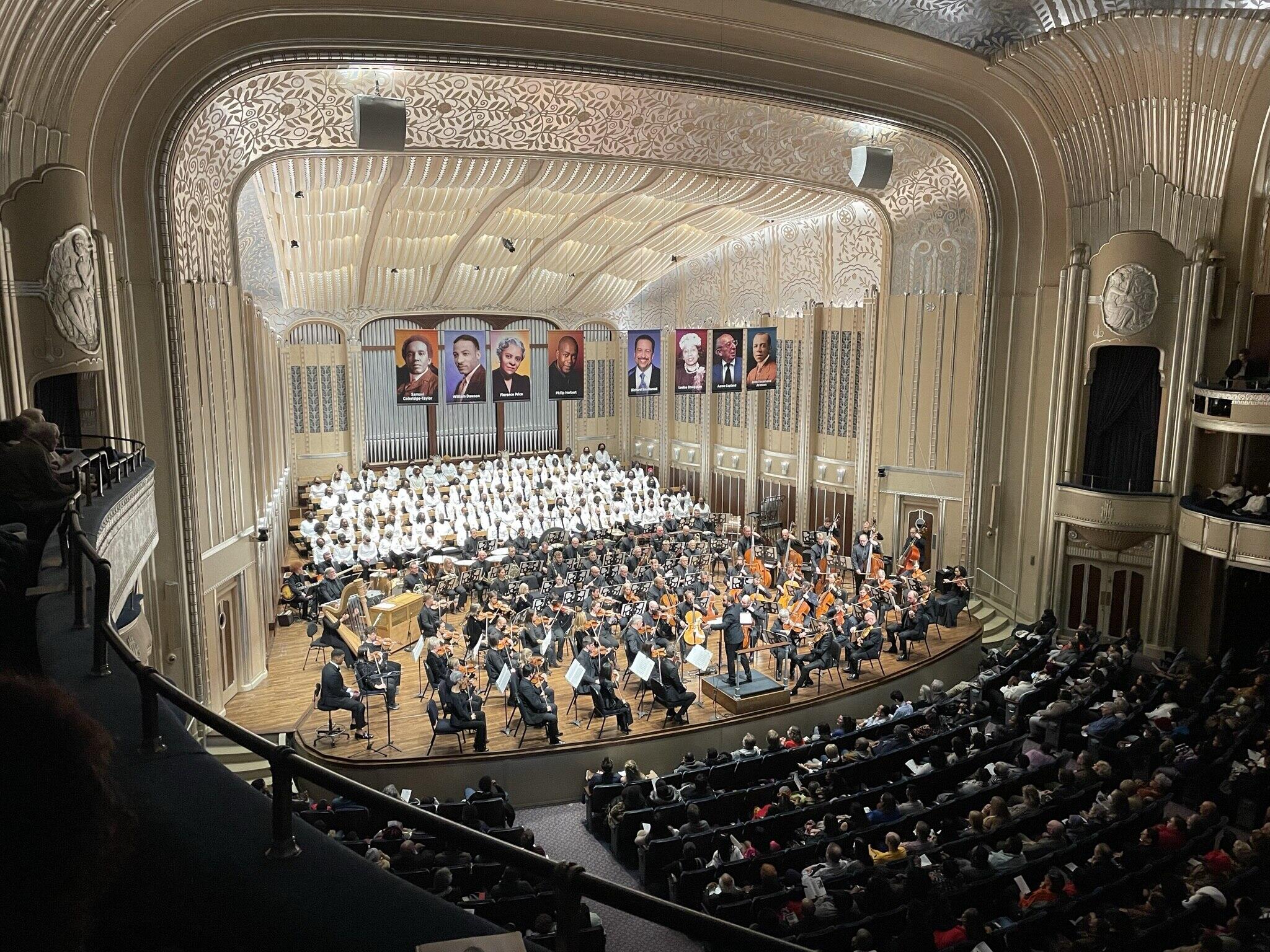
Upcoming Shows
The organization performs well over than 100 shows per year. In the upcoming season, the group plans many premieres and guest conductor appearances, in addition to their typical programming.
Here is a list of some of the most anticipated shows for the season.
- Mahler’s Sixth (Tragic) - November 13-15
- Dvořák New World - November 20-22
- Handel’s Messiah - December 4-6
- Mozart Jupiter & Shostakovich Symphony No. 11 - January 8-10
- Mendelssohn Violin Concerto, Schönberg, Schubert Unfinished - February 5-7
- Brahms Symphony No. 3 & Martinů - March 5-8
The group will also be on tour and fulfilling residencies throughout the year in places like Miami, Florida, and Carnegie in NYC.
The Los Angeles Philharmonic
The LA Philharmonic, was founded in 1919 by William Andrews Clark, Jr. and over the past century has grown from a regional ensemble to one of America’s most adventurous ensembles. The ensemble has had many wins as an innovative organization, including being the first full orchestra performance ever aired on the radio in 1920 and establishing a thriving youth program, YOLA, in 2007.
Based at Walt Disney Concert Hall since 2003, the group is known for its impressive shows. It also frequently commissions new works, arranges exciting programs, and engages in a lot of community activities.
"Orchestra" comes from the Greek word "orkhēstra" which means "dancing space" and refers to the semi-circle area in front of a stage where the chorus used to dance.
"Symphony" is also Greek, from "symphōnos" meaning "agreement of sound."
"Philharmonic" comes from Greek "harmonikos" (harmonious) and "philos" (fond of, loving).
Notable Directors
Many of its directors served long tenures, allowing them to develop the group more fully in their personal artistic visions. Other orchestras tended to have many directors with shorter tenures on average, leading to a different type of development. LA Phil is unique; many of its directors were able to create a bigger impression in their tenures.
Some of those pivotal directors include:
- Walter Henry Rothwell (1919-1927)
- Artur Rodziński (1929-1933)
- Alfred Wallenstein (1943-1956)
- Zubin Mehta (1978–1990)
- Carlo Maria Giulini (1978-1984)
- Esa-Pekka Salonen (1984–2009)
- Gustavo Dudamel (2009–2026)
Under Dudamel and earlier under Salonen, the organization and Dudamel ambitiously undertook the project of performing all nine Mahler symphonies in LA and Caracas. The international show proved its ability to perform at the same level as the Big Five. Maybe someday the phrase will change to The Big Six!
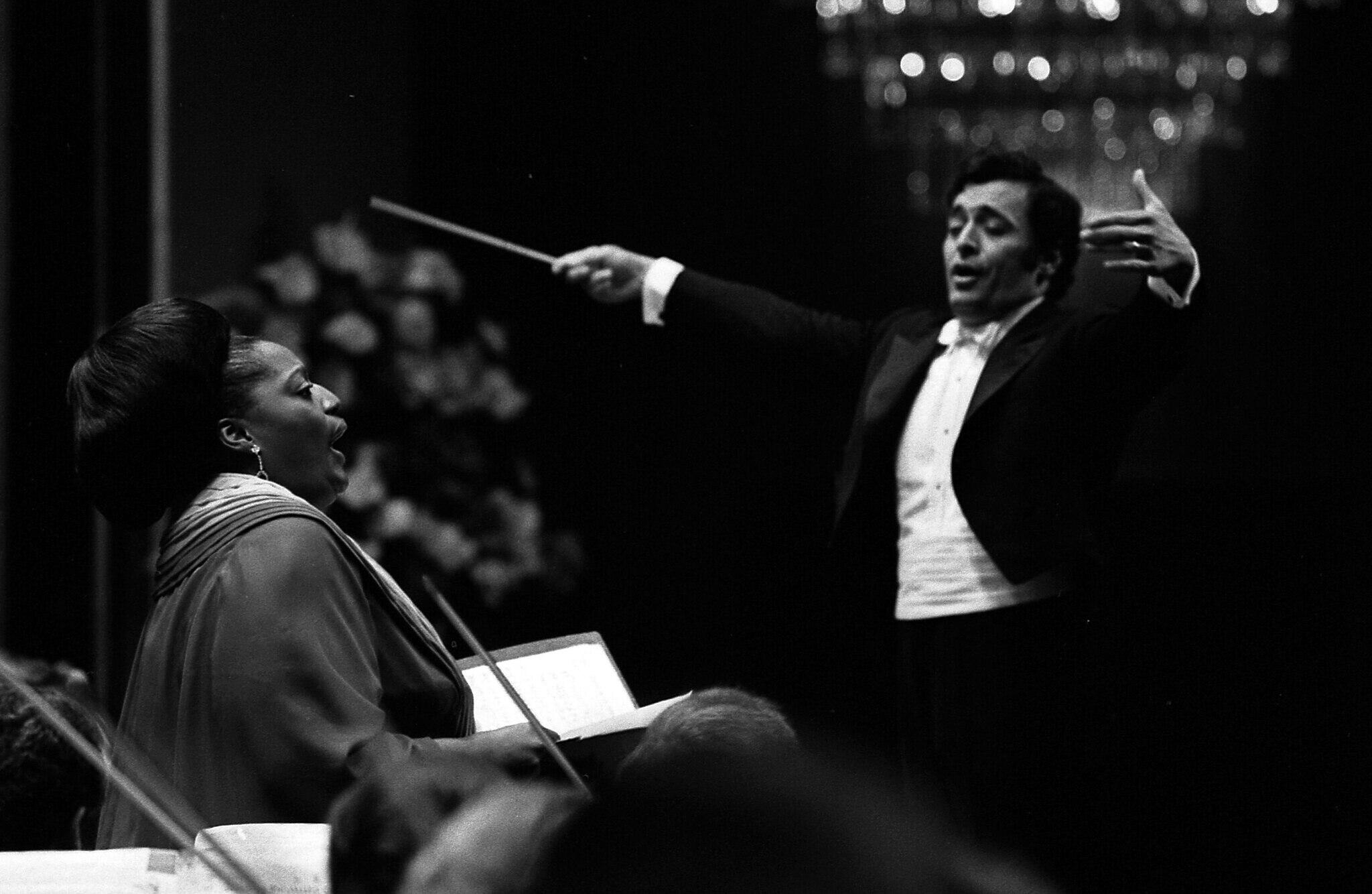
Upcoming Shows
One of the most highly anticipated orchestras in the US, the ensemble is known for its many premieres and exciting programs. In the present season, there are plenty of opportunities to see these exciting shows and series! Here are some events to look forward to in the coming months.
- Prometheus With Esa-Pekka Salonen - January 9-11
- Salonen & Levitt Scale Busoni’s Masterpiece - January 17-18
- Tchaikovsky & Thomas Adés Featuring Yuja Wang - February 6-8
- Dudamel Conducts Beethoven And Lorenz - February 12-15
- Gustavo Conducts Beethoven: Missa Solemnis - February 20-22
- Gustavo Dudamel & Yo-Yo Ma - May 28-30
This is Dudamel’s last season as director of LA Phil, so be sure to catch him while you can! He will return for guest performances, especially in the summer, but the group will no longer be synced with his instruction, so the experience won’t be quite the same.
The United States is a hotbed of fine cultural and artistic establishments for those who know where to look. Discover classical music with one of the country’s best orchestras!

